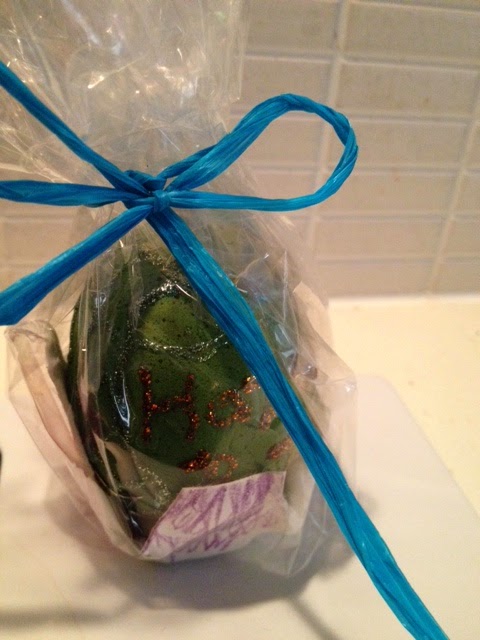Are you already on board the decluttering train? Or are you unsure what it's all about?
It sounds pretty easy doesn't it?
If you answered yes then you are a natural de-clutterer (sorry, I'm not sure if that is a real word!) and I can save you a seat on my imaginary decluttering train.
If you answered no then you are most likely one of two things - either you are a realist and you know exactly how many things you would have to go through to declutter and you can't be bothered or would find it overwhelming OR you are a hoarder and you hate letting go of things. I guess you are unlikely to jump on board without a very convincing argument. Here I go...
By definition my uncluttered life (haha, I wish!) truly began when a family friend gave me a book called Unclutter: Simple techniques to organize your life. At the time I had zero appreciation for the book but a few years later I came across it and recognised how useful it was (both the book and the concept of decluttering!).
Apart from the practical benefits of clearing out stuff you don't use to create space and order (I have found a pretty amazing website that devotes itself to this concept, to check it out follow this link) there is a philosophy behind uncluttering your life. It relates to the feng shui principles of energy (or qi) moving around your home and workplace.
If you have too much stuff around you it is believed to hold you back in areas of your life. By holding onto things you don't use or need you are clinging to material possessions, which is not healthy. This is believed to transfer to areas of your life and "clog" up, or prevent, positive opportunities from happening. Feng shui associates spatial directions with parts of your life (e.g. southeast is associated with wealth, east is associated with health, and southwest is associated with relationships). When those areas in your home are cluttered it is thought to negatively impact your life in the associated zones.
It follows that if you unclutter your home and clear out the junk in those zones then you create space and invite new positive experiences into your life. Since there are likely to be emotional or physical causes for that clutter accumulating it is important to work out what is likely to be the cause and to try and address it. There are also ways to cleanse the space (such as hanging mirrors, ringing bells and putting out pot plants) to prevent the clutter returning.
Decluttering should be done responsibly with minimal waste. It is important to clear out items in a way to maximise their potential for reuse. Your trash (or lovely items that you don't use) may just be valuable treasure to someone else. There is a karmic notion that if you give or donate your things then more positivity will also come into your life from the good deed you have done.
"clearing clutter is an enjoyable experience - for every box load of unwanted clutter you throw out or give to someone in need, you will be rewarded with more and more tangible evidence of positivity entering your life"
p7 Unclutter: Simple techniques to organise your life (Beattie and Stevens)
Since we live in a pretty small home we try to minimise our clutter constantly. I have found using the techniques in Unclutter really useful to help me decide what to throw out. I will be writing subsequent posts aimed to help with starting to, and then managing, decluttering your home.
Despite my efforts to convince you otherwise, you might still be doubtful about the benefits of uncluttering your home. One of the main benefits that I have found is every time I purchase something I stop and question whether I really need it. I wonder if I will use it enough to justify having to find somewhere to put it in my home. This is a great money saving device. I also like to be able to look around my home and know where everything is supposed to go. A place for everything and everything in its place. This is my never ending goal. Having a toddler around makes it especially challenging.
I'm not 100% sure about the feng shui philosophy behind decluttering but I have found that as I clear out items I find it easy to acquire, or I am even given, the things that I need. I believe that decluttering has opened up my life to new positive experiences and opportunities. I am a big believer that you create your own experiences. As I clear things out I think about positive things on the horizon, which means that it is likely to become a reality.
What do you think? Are you ready to jump on board?
 |
| Photo source |









